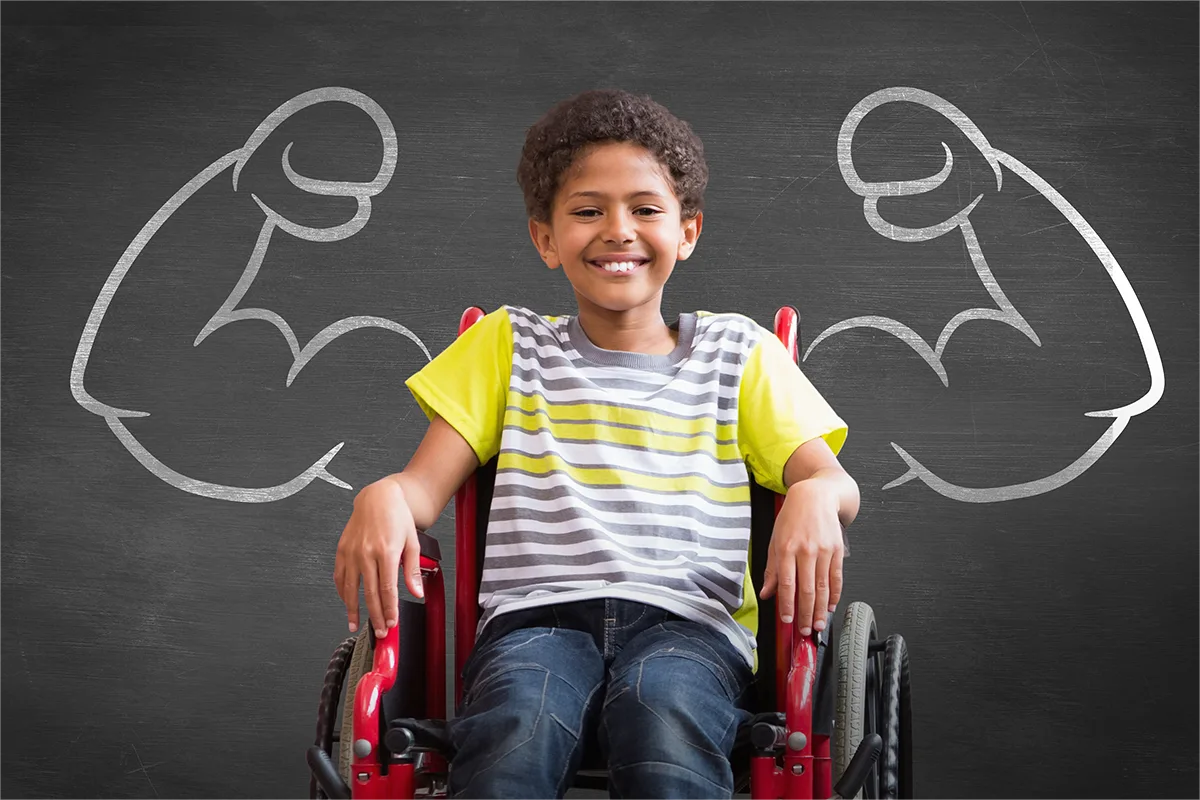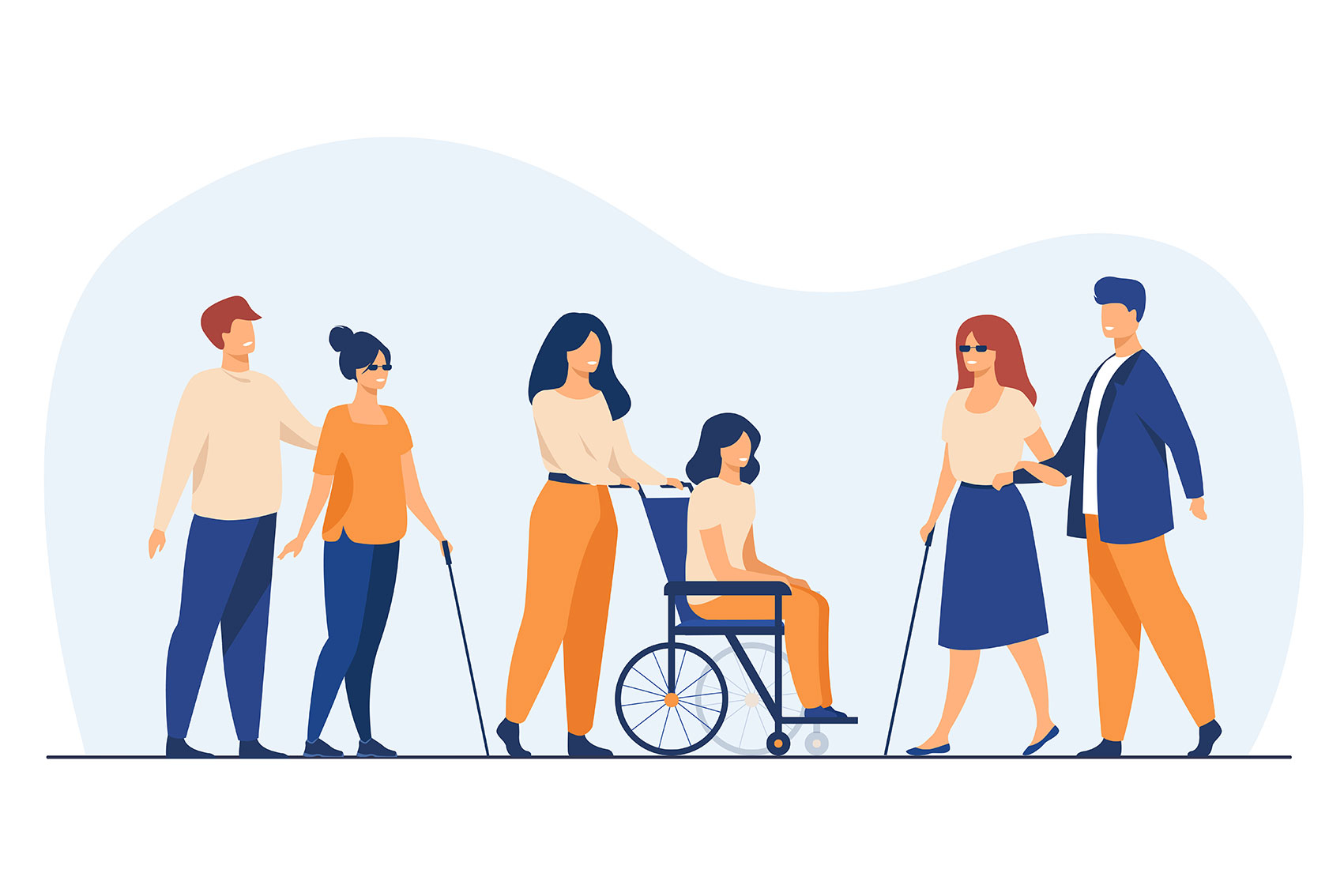
How rehabilitation tools affect people with disabilities
Rehabilitation is a crucial aspect of improving the quality of life for people with disabilities. It empowers individuals to overcome their challenges and achieve their full potential. One of the key components of rehabilitation is the use of various tools and technologies designed to assist individuals in their journey towards recovery and independence.
One of the key benefits of rehabilitation tools is their ability to promote functional independence. For individuals with physical disabilities, tools such as mobility aids, prosthetics, and orthotics can help them regain mobility and perform daily activities with greater ease. These tools provide support, stability, and assistance, enabling individuals to navigate their environment and participate in various activities.
Rehabilitation tools also have a significant impact on cognitive and sensory impairments. Assistive technologies, such as communication devices, computer software, and adaptive equipment, can help individuals with cognitive disabilities improve their communication skills, enhance their cognitive abilities, and participate more effectively in educational and vocational settings. Additionally, sensory aids, such as hearing aids and visual aids, can restore or enhance sensory function, enabling individuals with sensory impairments to better interact with their environment and communicate with others.

By promoting independence, these tools can boost self-confidence, self-esteem, and self-efficacy. They can also reduce the burden of dependence on others, leading to increased autonomy and a sense of empowerment.
In addition to the direct benefits for individuals with disabilities, rehabilitation tools can also have positive effects on their families and caregivers. These tools can alleviate the physical and emotional strain on caregivers, enhance communication and interaction between individuals with disabilities and their families, and foster a more inclusive and supportive environment.
One of the main challenges faced by individuals with disabilities is the cost and accessibility of rehabilitation tools. Many of these tools can be quite expensive, making them inaccessible to those who cannot afford them. This creates a disparity in access to rehabilitation services, as those with lower incomes may not have the same opportunities for recovery and improvement. It is crucial to find ways to make these tools more affordable and accessible to ensure that everyone has equal access to rehabilitation services.

As technology continues to advance, the future of rehabilitation tools for people with disabilities looks incredibly promising. Researchers and engineers are constantly working on developing innovative solutions to improve the effectiveness and accessibility of rehabilitation.
Recent Posts
- The Cost Considerations in Acquiring Automatic Nursing Beds 29 September 2023
- How rehabilitation tools affect people with disabilities 09 May 2023
- Rehabilitation Nursing With A Patient Care 15 July 2021
- The Role of Senescence in Age-Related Diseases 06 June 2024
- Automatic Nursing Bed Are Enhancing The Quality Of Patient Care 01 March 2024

